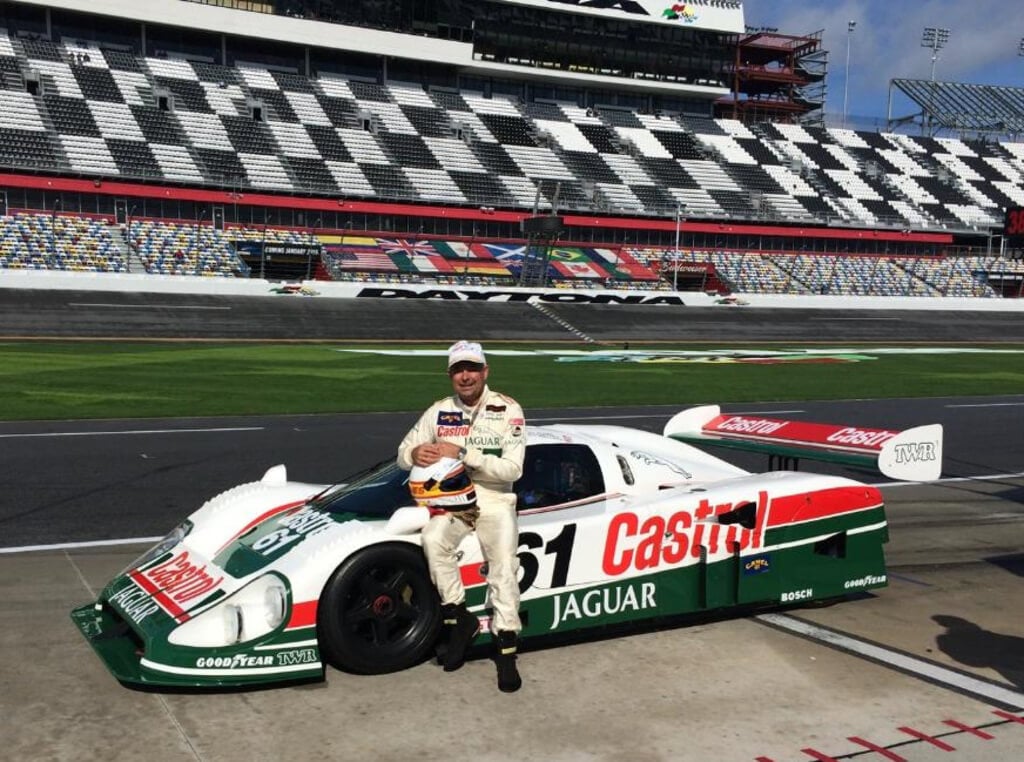Event Recap: 2022 IMSA GTP Race at the Long Beach Grand Prix
Top level sportscar racing is undergoing a season of rebirth. A new top class of machinery was introduced by the Automobile Club de l’Ouest (ACO) which governs the Le Mans 24 hours and sets the framework for the FIA World Endurance Championship. Called the Hypercar class, it encourages manufacturers to create the fastest and most efficient possible racecar within a strictly defined set of power output, weight, dimensional, aerodynamic and financial constraints. What’s better than one new class of racecars? Two, of course! It was with great excitement that the ACO and its American counterpart IMSA announced a convergence of rulesets. For the first time in more than three decades, the same top class prototypes could race in either the Daytona 24 or the Le Mans 24 with only slight tweaks to balance of performance. The response from manufacturers has, so far been, tremendous: the list of current and future competitors includes Toyota Gazoo Racing, Scuderia Cameron Glickenhaus, Alpine (Renault), ByKolles/Vanwall, Peugeot, Ferrari, Honda/Acura, Cadillac, Porsche and BMW. Not left out are platform manufacturers Oreca, Multimatic, Ligier and Dallara who are approved to provide chassis to prospective teams.
IMSA, in wanting to recreate the glory days of its early years, resurrected a well-loved moniker for their top class of racing: GTP. From 1981 to 1993, this fire-breathing, high-horsepower IMSA GTP series brought wheel to wheel racing from coast to coast in North America. Season calendars brought a mix of sprint races through street circuits, long races through classic venues such as Mosport, Road America, Riverside and Lime Rock, and outright endurance races: the Watkins Glen 6 Hour, Sebring 12 Hour and the Daytona 24 hour.
My home race, the Long Beach Grand Prix, hosts a round of the current IMSA championship. The Grand Prix, in cooperation with the HMSA (Historic Motor Sports Association), brought back some of the old GTP cars as part of the Historic IMSA GTP Race Long Beach to race on hallowed ground. It serves as a reminder of what GTP was and offers a hint of what the new iteration, debuting in 2023, could be.
The field only had 9 entries, but what was lacking in quantity was made up by quality.
Cal Meeker runs this Spice 5E87L with Buick turbo V6 power all over the country. I’ve seen it run at Daytona, Laguna Seca and Road America. Unfortunately, at Long Beach, the Spice lost its punch and had to drop out after Friday’s practice session.
While it’s not a GTP machine, who can deny having a Porsche 935 on track? Liveried in the red and yellow of the Momo company, it was hard not to miss this GT car on the track.
The Wynn’s-liveried Porsche 962 by Hotchkiss Racing is a classic example of the most prolific chassis to race in GTP. What makes an early IMSA spec 962 different from its Group C brother is the engine. Instead of the bespoke Group C engine with water-cooled heads, the IMSA cars used production-based aircooled units derived from the 935 program. Without having to adhere to Group C’s fuel consumption formula, the IMSA 962s boasted near 4-figure power outputs and spat fireballs out of their exhaust ports.
Another 962 was in the field. This Leyton House car belongs to Tom Malloy, who enlisted newly retired Porsche Factory ace Pat Long to driving duties. This car was never meant for GTP at all, and was actually a Kremer chassis, 962-CK6-01, built for the All-Japan GT Championship. As such, it uses the Group-C specification engine.
Jaguar had its share of GTP championship glory, winning the Daytona 24 hours in 1988 and 1990. McLaren CEO Zak Brown was at Long Beach to oversee his Indycar operation (they did OK with 5th and 11th place finishes). With the GTPs supporting the bill, he took out his XJR-10 powered by a V6 turbo and was in the hunt for top honors.
The most anticipated entries for this race came from Mazda Motorsports. They brought not one or two, but THREE cars to the grid.
The 767B represents the marque’s first four-rotor racecar.

Mazda’s final GTP was the RX7-92P. With only a fraction of Nissan and Toyota’s development budget, Mazda couldn’t scrape together a healthy result. The car only ran in the 1992 season.
Two sprint races were held, one on Saturday night and the other on Sunday Morning. On both occasions, Pat Long cruised away to win in the Leyton House Porsche. To be fair, this race was more of a parade at speed and not a wheel-to-wheel slugfest. Preserving historical racecars is still priority.
Who cares? Every single car on track was a winner. For older enthusiasts, this was reliving the glory years. For new race fans, this represents possibly their first time seeing and hearing these mythical beasts. It will probably be a long time until three Mazda rotary-engined share the same track at an actual race and not just demo laps. These cars are still held in high regard today, as is the original IMSA GTP class. IMSA’s current caretakers have a legacy to uphold, and the signs are positive that they will do so for years to come.


















